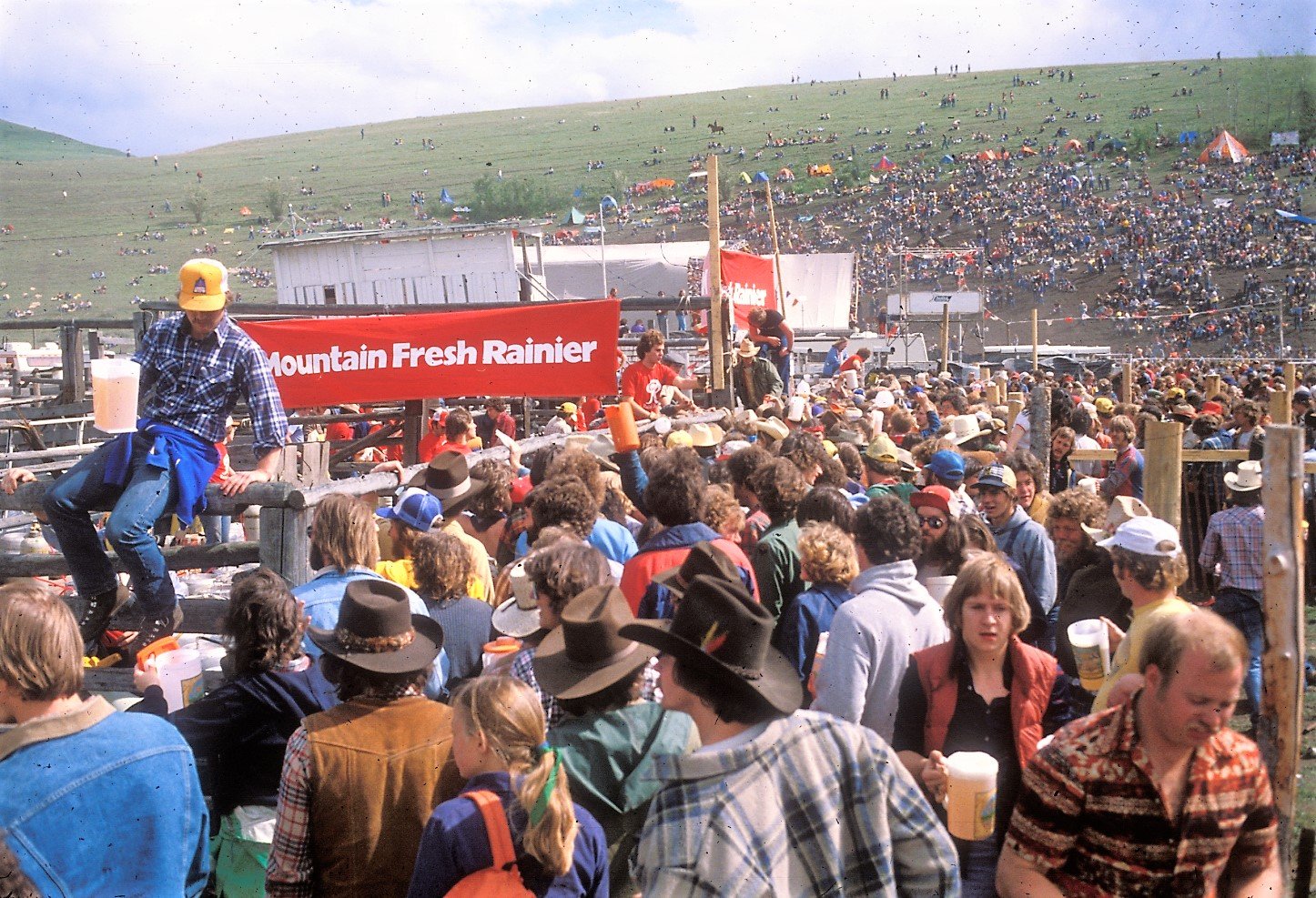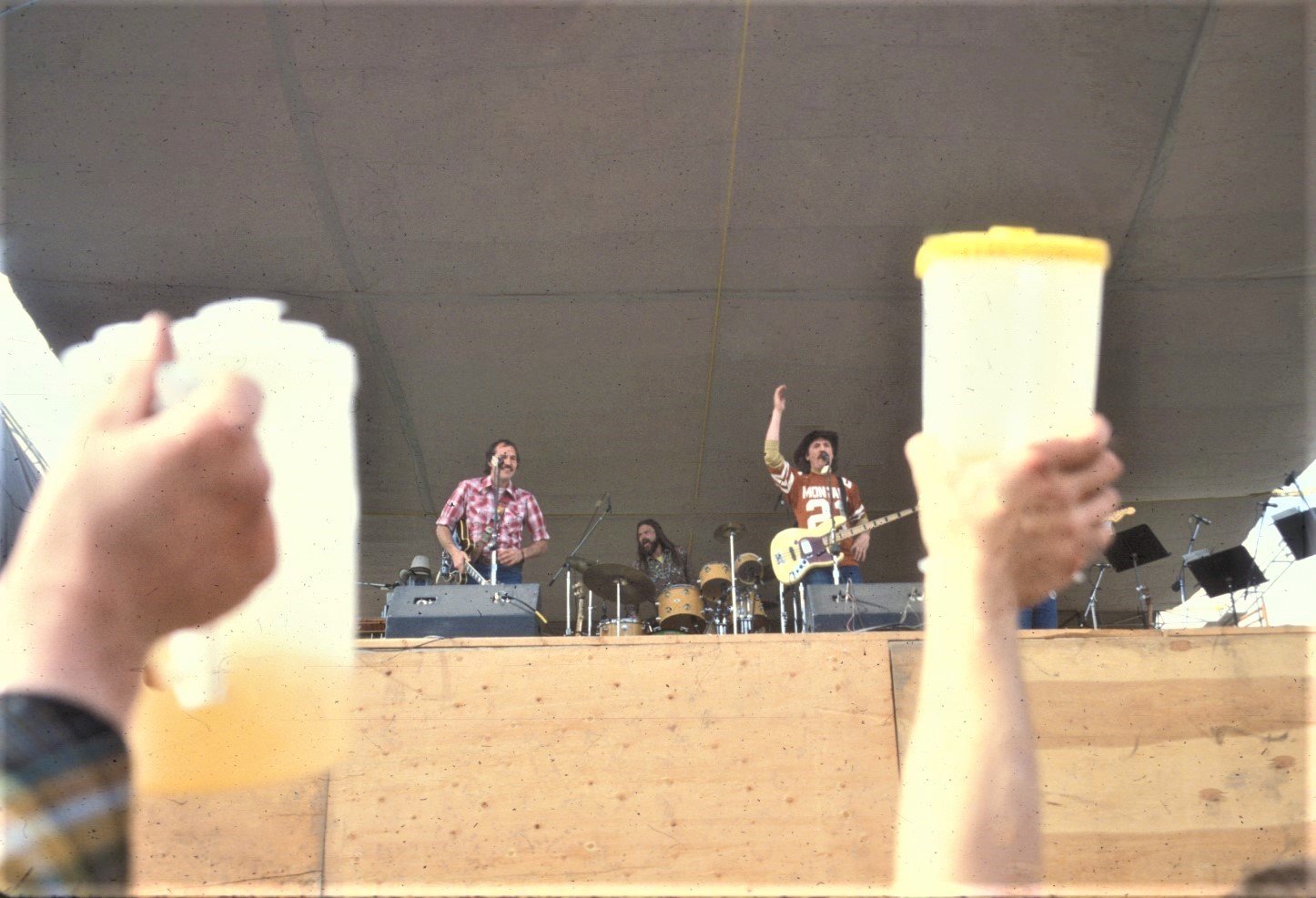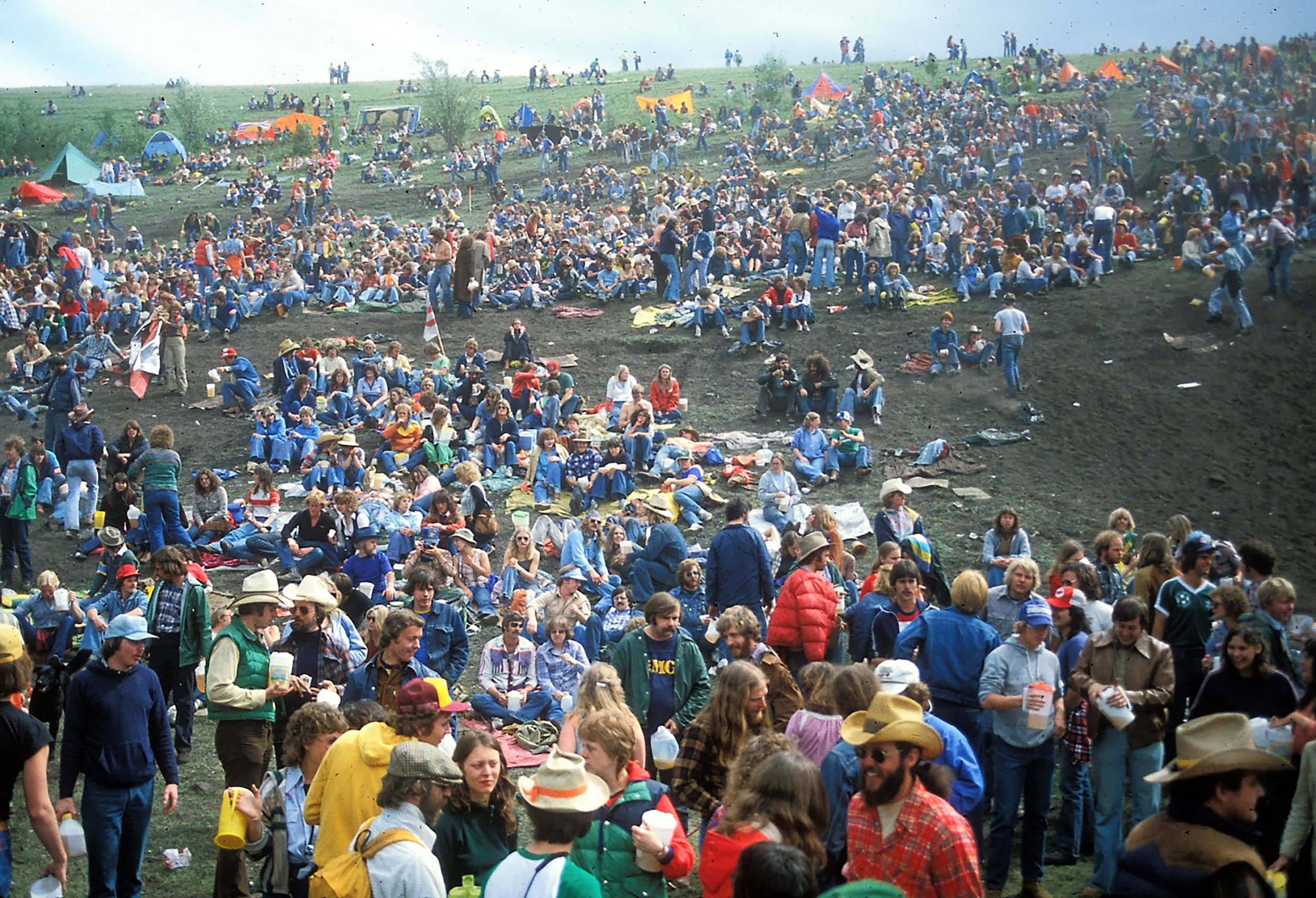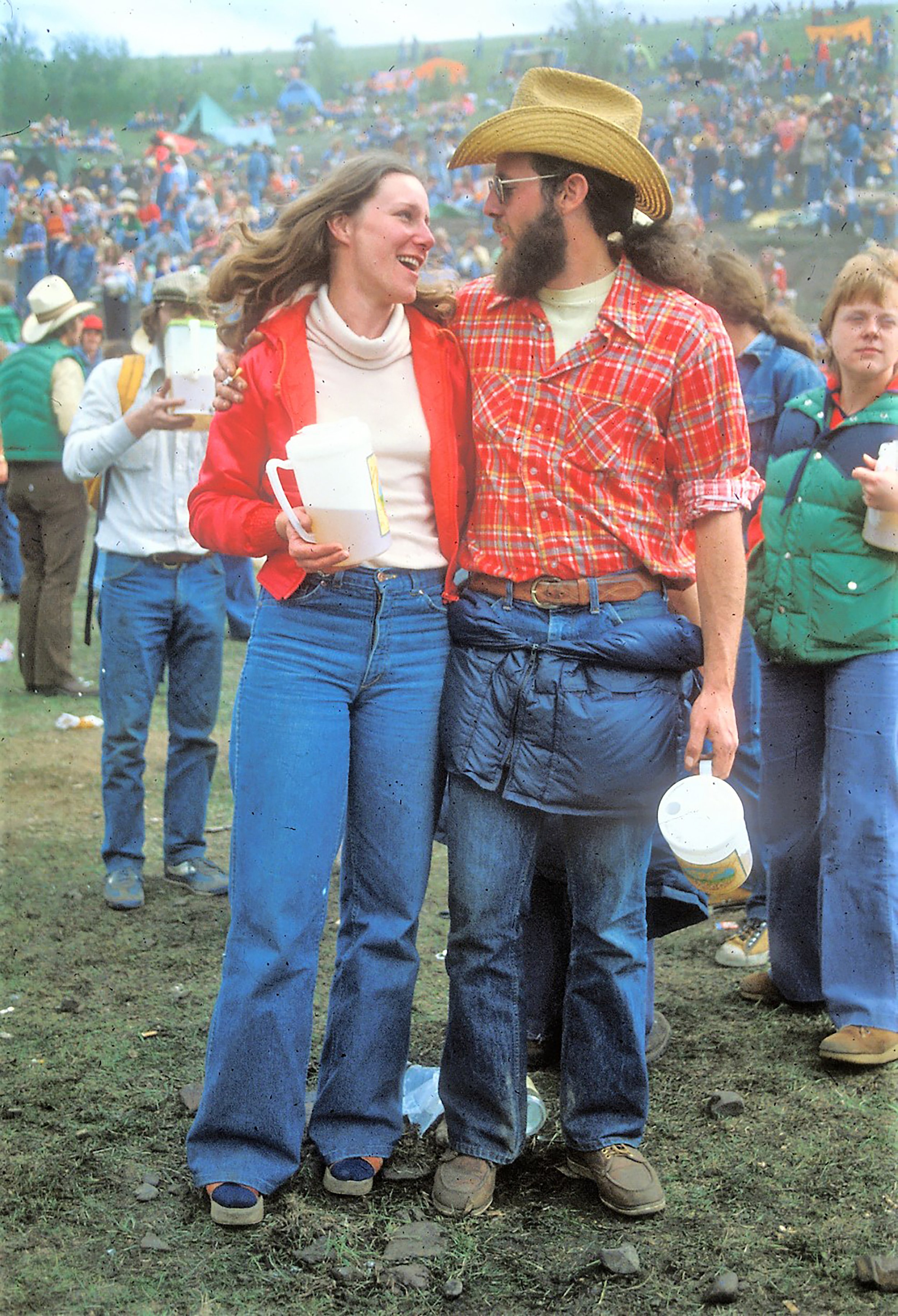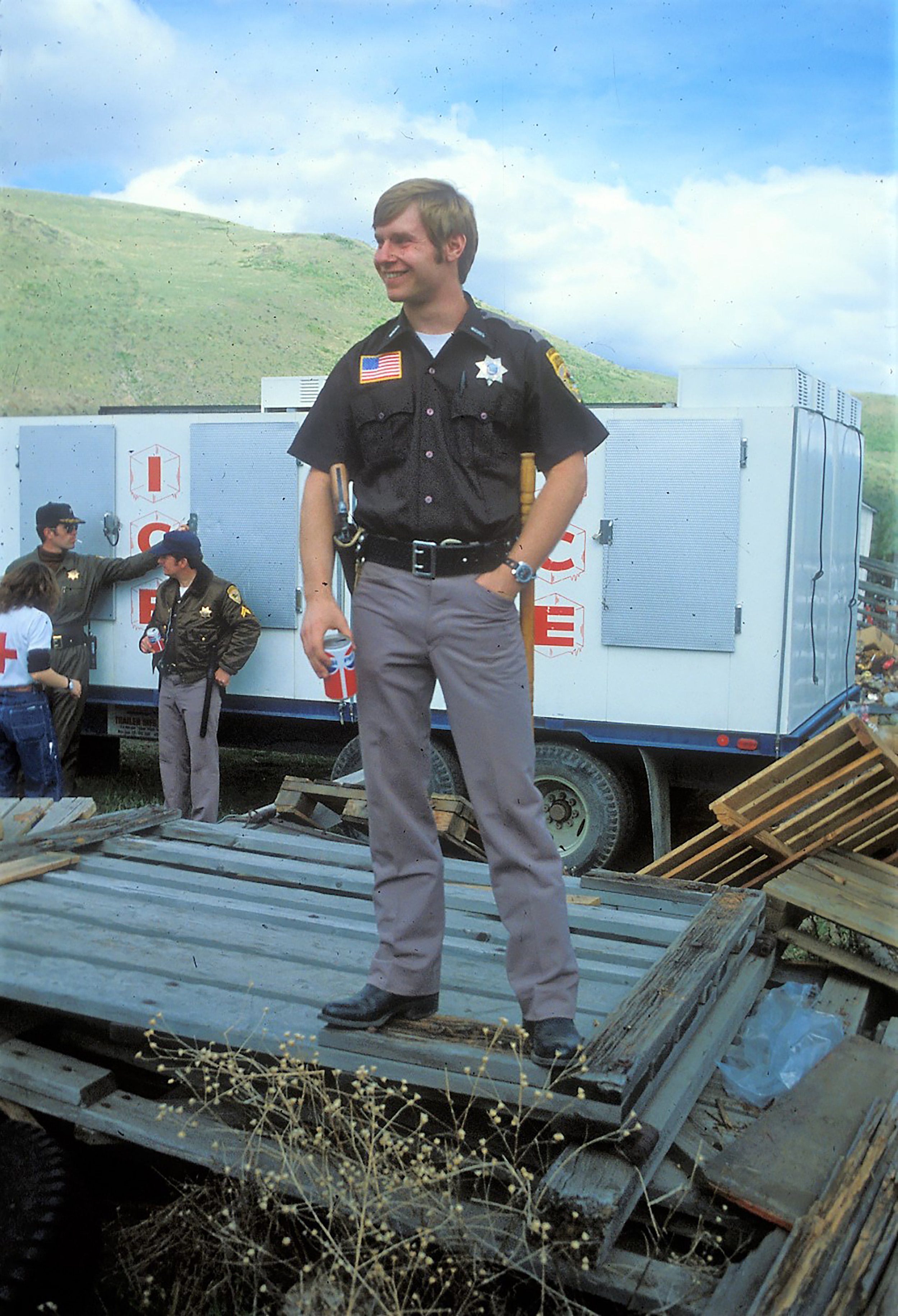Aber Day: The Kegger of all Keggers
Aber Day 45 Years Ago
Written & Photography by Stu Hoefle
Missoula, MT
Most that attended that day are now gray-haired grandparents. Many went on to do great things, raise families, have careers, and eventually retire. But for all 10,000 of them, the common denominator of the day was kick-ass music, cold beer, good friends, and a chance to kick up your heels.
I’m talking about the biggest beer bust ever held.
The home to one of the biggest parties to hit the Northwest.
The Aber Day Kegger in Missoula, Montana.
Keggers have been around since they figured out how to put beer in a barrel. Maybe it was a necessity or an art form, but the science of kegging beer was brilliant. What can be more perfect than being able to partake in drinking cold beer fresh out of a keg, especially when the keg has been placed in a perfect location, such as a riverbank, near a campfire, or at an outdoor concert?
Whether it’s a good thing they are no longer as common as they were in my youthful years or not, there’s nostalgia for those of us who can look back and reminisce about hanging at a kegger with good friends, good beer, and good music.
No kegger, though, in the history of keggers could compare to the mother of all of them: Aber Day, which was held in May.
As a student at the University of Montana, my fellow classmates and I had heard about Aber Day long before the actual day, as it was an event which no one from U of M would miss. As May approached, not only did the anticipation of the event grow, but so did our thirst and excitement.
Amazingly, the drinking age in the early 70s was 18, which looking back was probably one of the most foolish laws Montana could have ever passed. In 1979, they raised it to 19 – as if that would help. It was raised to 21 again in 1987, which probably coincides with the decline of many of the old-fashioned keggers.
But back to the Aber Day Kegger… It originated in 1972 to offset budget cuts taking place at the university. Established as a benefit kegger to raise money for books, an $8 ticket got you a 32 oz. mug, plenty of beer and great music. Yes, 32 ounces. The event organizers hoped to not only raise money, but also give students a chance to break loose from the routine of college life.
“I’m talking about the biggest beer bust ever held.
The home to one of the biggest parties to hit the Northwest.
The Aber Day Kegger in Missoula, Montana. ”
It was a brilliant idea and an instant success. Attended mainly by U of M students in the inaugural years, the popularity and notoriety of the event eventually drew young people from multiple states, generated over $400,000 in its eight-year run and outgrew two venues before being held at the K-O Rodeo grounds west of Missoula.
In 1979, the Guinness Book of World Records dubbed it the largest non-profit benefit kegger ever held with over 10,000 people attending and more than 1,000, 16-gallon kegs of beer refreshingly being consumed.
When I attended for the first time on May 18, 1977, my introduction to the day dawned with anticipation. It had been overcast, rainy and cool, typical of Missoula’s dismal skies. But by the time we met in the parking lot at 10 a.m., the sun was breaking through and the promise of a spectacular day grew brighter. As we hit the entrance of Miller Creek and parked, I grabbed my camera and my pre-purchased Aber Day mug, then we made our way to the gate and joined countless other parched youths who were chanting “Ready, set, flow,” while awaiting the opening of the gates.
Once opened, the crowd moved with controlled excitement through the cattle chutes, excitedly hoping to fill from one of dozens of taps mounted along the sides of the cattle chutes. As the dull roar of the crowd rose above the rodeo grounds, we moved as one, patient yet anxious, ready to receive a mug full of brew.
A lineup of incredible bands guaranteed a full day of upbeat music. At the edge of the arena, a large, temporary stage with a tarp cover had been built facing the rodeo grounds, projecting toward a giant hillside where thousands had found spots to relax in the grass. The sun rose warm and high, as did the sounds of the day. In the arena, in front of the stage, several thousand danced and sang with the band as the music echoed up the hill.
Bonnie Raitt was fresh on the scene with her slide guitar and teasing vocals. She brought a sound which rocked the crowd and lasted for decades. Doug Kershaw, always high strung with his fiddle, energized the crowd and got the dancing going strong… but it was the hometown boys, Mission Mountain Wood Band, who stole the show. Their Montana bluegrass, energy, and unique comfort in front of the crowd was contagious. When they launched into their well-known hit, “Mountain Standard Time,” the tone changed, and everyone was on their feet – they couldn’t stop moving if they tried; it was like dancing on lava. I called it “Montana Music Magic” and I’ve never heard anything like it again, nor have I danced as hard. By the time they played “Take a Whiff on Me,” we were moving so fast in the arena a dust storm had gathered coating our bodies in a fine layer, but we didn’t care, our smiles held fast. The combined melody and harmony from the groups singing and their playing of the banjo, mandolin, guitar, bass held our attention and our energy until the last notes from the band drifted away.
As the music wound down, the beer ran short, and the day fell to dusk, we packed it into a memory and started the migration home. Tired, sun-burned bodies with music echoing in their hearts had been exposed to something like never before.
I went to three Aber Day Keggers from 1977 through 1979. We lived in a different day back then. It might not sound innocent, but somehow it was. Thousands of people – initially strangers brought together with good music and beer – were friends by the end of the day and all left with a “kegger story” to tell and a lifetime memory. There were no fights, brawls or violence. We were all there simply to have fun, laugh, and enjoy being young and carefree.
The memories were either caught with 35mm film or simply etched in our minds and hearts. As I thumb through my 35mm slides and reminisce about that day 45 years ago, I can’t help but be sad that its bygone days, but thankful I had the chance to be there.


